Maximizing Terpene Profiles in Hemp Flower
Maximizing Terpene Profiles in Hemp Flower: A Complete Guide to Enhanced Flavor, Aroma, and Effects
The world of hemp flower has evolved dramatically over the past few years, with consumers becoming increasingly sophisticated in their understanding of what makes premium cannabis products truly exceptional. While cannabinoids like CBD and THCa often grab the spotlight, the real magic lies in the complex interplay between these compounds and the aromatic molecules known as terpenes. These volatile organic compounds are responsible for the distinctive scents and flavors that make each hemp strain unique, from the citrusy brightness of Lemon Haze to the earthy depth of OG Kush.
Understanding and maximizing terpene profiles has become crucial for both cultivators and consumers who want to experience the full potential of hemp flower. Whether you're purchasing thca flower pound quantities for commercial use or selecting premium strains for personal consumption, the terpene content can make the difference between a mediocre and an extraordinary experience.
Understanding Terpenes: The Aromatic Foundation of Hemp
Terpenes are naturally occurring compounds found throughout the plant kingdom, serving various biological functions including attracting pollinators, repelling pests, and protecting plants from environmental stressors. In hemp and cannabis plants, these compounds are produced primarily in the trichomes—the same glandular structures that produce cannabinoids like CBD and THCa.
What makes terpenes particularly fascinating is their potential to influence the overall effects of hemp through what's known as the entourage effect. This theory suggests that cannabinoids and terpenes work synergistically, potentially enhancing or modifying each other's effects to create a more complex and beneficial experience than any single compound could provide alone.
The most abundant terpenes found in hemp include myrcene, which contributes to relaxing effects and has an earthy, musky aroma; limonene, known for its citrusy scent and potential mood-elevating properties; and pinene, which offers a fresh pine fragrance and may help with alertness and memory retention. Other significant terpenes include linalool (floral, potentially calming), caryophyllene (spicy, potentially anti-inflammatory), and terpinolene (complex floral-herbal notes).
When you're evaluating bulk thca flower or considering thca wholesale options, understanding these terpene profiles becomes essential for making informed purchasing decisions that align with your desired effects and flavor preferences.
The Science Behind Terpene Preservation
Maximizing terpene profiles begins with understanding how these delicate compounds behave under different conditions. Terpenes are highly volatile, meaning they can easily evaporate or degrade when exposed to heat, light, oxygen, and time. This volatility explains why fresh hemp flower often has a more pronounced aroma than material that has been stored improperly or for extended periods.
Temperature plays a crucial role in terpene preservation. Most terpenes begin to evaporate at relatively low temperatures, with some starting to volatilize at temperatures as low as 70°F (21°C). This is why proper storage conditions are so important, and why heat exposure during processing, transportation, or storage can significantly diminish the terpene content of hemp flower.
Light exposure, particularly UV light, can also break down terpenes through photodegradation. This process not only reduces the concentration of beneficial terpenes but can also create undesirable breakdown products that may negatively impact flavor and aroma. Similarly, exposure to oxygen can lead to oxidation of terpenes, converting them into less desirable compounds or causing them to evaporate entirely.
The pH level of the plant tissue also influences terpene stability. During the curing process, maintaining optimal pH levels helps preserve terpene integrity while allowing other beneficial chemical processes to occur. This is why professional cultivators pay close attention to environmental conditions throughout the entire cultivation and post-harvest process.
Cultivation Techniques for Maximum Terpene Production
The journey to maximizing terpene profiles begins in the grow room or field, where cultivation techniques can significantly influence the final terpene content of hemp flower. Environmental stress, when properly managed, can actually increase terpene production as the plant's natural defense mechanism kicks in.
Light spectrum plays a crucial role in terpene synthesis. Full-spectrum LED lights that include UV wavelengths can stimulate increased terpene production, as plants respond to UV stress by producing more protective compounds. However, this must be carefully balanced, as excessive UV exposure can damage the plant and actually reduce overall quality.
Temperature fluctuations, particularly cooler nighttime temperatures during the flowering period, can enhance terpene production and preservation. Many experienced cultivators implement temperature dropping techniques during the final weeks of flowering, allowing daytime temperatures to remain optimal while dropping nighttime temperatures by 10-15 degrees Fahrenheit. This technique not only potentially increases terpene production but also helps preserve existing terpenes by reducing volatilization.
Humidity control is equally important, as both too much and too little moisture can negatively impact terpene development. Optimal relative humidity levels typically range from 45-55% during flowering, with careful monitoring to prevent mold and mildew while maintaining conditions that support healthy terpene synthesis.
Nutrient management also influences terpene production. While adequate nutrition is essential for healthy plant development, excessive nitrogen during flowering can actually reduce terpene production while promoting excessive vegetative growth. Many cultivators reduce nitrogen levels and increase phosphorus and potassium during flowering to promote both cannabinoid and terpene development.
Harvesting at Peak Terpene Content
Timing the harvest correctly is crucial for maximizing terpene profiles. Terpene production and composition change throughout the flowering cycle, with many strains reaching peak terpene content slightly before peak cannabinoid content. This creates a decision point for cultivators: harvest earlier for maximum terpene preservation or wait longer for maximum cannabinoid development.
The best approach often involves monitoring both trichome development and aromatic intensity. Peak terpene content typically occurs when trichomes are mostly cloudy with some clear heads still visible, rather than waiting for the amber coloration that indicates peak THCa content. However, this timing varies significantly between strains, making experience with specific cultivars invaluable.
Environmental conditions during harvest also matter. Harvesting during cooler parts of the day, typically early morning after the overnight temperature drop, can help preserve terpene content by minimizing volatilization during the cutting and initial handling process. Some cultivators even use climate-controlled harvest rooms to maintain optimal conditions during this critical phase.
The handling techniques used during harvest can also impact terpene preservation. Gentle handling minimizes physical damage to trichomes, while rapid processing from plant to controlled drying environment reduces exposure time to suboptimal conditions. When dealing with thca pounds or larger quantities, implementing systematic harvest procedures becomes even more important for maintaining consistent quality.
The Art and Science of Proper Curing
Curing is perhaps the most critical post-harvest process for maximizing terpene profiles in hemp flower. This process involves slowly reducing moisture content while allowing beneficial chemical processes to occur, including the conversion of harsh chlorophyll and the development of more complex terpene profiles.
The initial drying phase should occur in a controlled environment with temperatures between 60-70°F and relative humidity around 50-60%. Air circulation is important but should be gentle to avoid excessive terpene volatilization. Many professional operations use specialized drying rooms with precise environmental controls to maintain these conditions consistently.
During the curing phase, hemp flower is typically placed in sealed containers and "burped" regularly to allow excess moisture to escape while preventing anaerobic conditions that could lead to mold or undesirable fermentation. The frequency and duration of these burping sessions can influence terpene development, with some cultivators reporting that specific burping schedules enhance certain terpene profiles.
The duration of curing also affects terpene profiles. While some terpenes may decrease over time, others may become more prominent or develop more complex aromatic profiles. Many connoisseurs prefer hemp that has been cured for 4-8 weeks, as this allows time for the full development of terpene complexity while maintaining sufficient levels of volatile compounds.
Temperature control during curing is crucial. Temperatures above 70°F can accelerate terpene loss, while temperatures below 60°F may slow beneficial chemical processes. Some advanced curing operations use temperature-programmed curing, gradually reducing temperature over the curing period to optimize both terpene preservation and flavor development.
Storage Solutions for Long-Term Terpene Preservation
Once hemp flower has been properly cured, storage conditions become the primary factor in maintaining terpene profiles over time. The enemies of terpene preservation remain the same: heat, light, oxygen, and excessive moisture or humidity.
Glass containers have become the gold standard for hemp storage due to their non-reactive nature and excellent sealing properties. Unlike plastic containers, which can allow oxygen exchange and may absorb or impart flavors, glass maintains the integrity of stored hemp flower indefinitely when properly sealed. Amber or UV-protective glass provides additional protection against light degradation.
Vacuum sealing can be beneficial for long-term storage, particularly when combined with inert gas flushing. Removing oxygen from storage containers significantly slows oxidative processes that can degrade terpenes. However, vacuum sealing must be done carefully to avoid crushing delicate trichomes, and the containers should be opened minimally to maintain the oxygen-free environment.
Temperature-controlled storage is essential for maintaining terpene profiles over extended periods. Refrigeration can significantly slow terpene degradation, though care must be taken to prevent condensation when containers are removed from cold storage. Some commercial operations use specialized cannabis storage systems that maintain precise temperature and humidity levels while providing easy access for sampling and inventory management.
For those working with bulk thca quantities, implementing proper storage protocols becomes even more critical. Large quantities stored improperly can suffer significant quality degradation, potentially turning premium thca pounds $500 material into lower-grade product.
Processing Considerations for Terpene-Rich Products
The processing methods used to create various hemp products can dramatically impact final terpene content. Traditional extraction methods that rely on high heat or harsh solvents can destroy delicate terpenes, while gentler techniques can preserve and even concentrate these valuable compounds.
For thca wax and similar concentrates, extraction temperature and pressure parameters must be carefully optimized. Live resin techniques, which process fresh-frozen material rather than dried and cured flower, can preserve terpene profiles that would otherwise be lost during traditional drying and curing processes. These products often exhibit more robust and complex terpene profiles than those made from dried material.
Cold extraction techniques, including ice water hash and rosin pressing at low temperatures, can preserve terpenes while creating potent concentrates. When producing thca dabs, maintaining low processing temperatures helps ensure that the final product retains the aromatic complexity of the source material.
Even mechanical processing, such as trimming and grinding, can impact terpene content. Hand-trimming, while labor-intensive, typically preserves more trichomes and associated terpenes than machine trimming. Similarly, grinding should be done immediately before use rather than in advance, as the increased surface area created by grinding accelerates terpene volatilization.
Quality Assessment and Laboratory Testing
Understanding how to evaluate terpene profiles is crucial for both producers and consumers seeking to maximize the benefits of hemp flower. Visual inspection can provide initial clues about terpene content, as heavily frosted buds with intact trichomes are more likely to have preserved their terpene profiles. However, appearance alone cannot provide accurate information about specific terpene content or ratios.
Laboratory testing remains the gold standard for accurate terpene analysis. Comprehensive terpene panels can identify and quantify dozens of individual terpenes, providing detailed profiles that enable informed decision-making. When evaluating thca smalls or other hemp products, requesting and reviewing these laboratory reports is essential.
Gas chromatography-mass spectrometry (GC-MS) and liquid chromatography are the most common analytical techniques used for terpene analysis. However, the sample preparation and analysis conditions can influence results, so understanding the testing methodology is important when comparing products from different suppliers.
Some laboratories also provide terpene effect predictions based on the specific combination and ratios of terpenes present. While these predictions should be taken with caution, they can provide useful guidance for consumers seeking specific effects or experiences.
Market Considerations and Economic Factors
The growing understanding of terpene importance has created market differentiation opportunities for both producers and retailers. Premium hemp flower with verified high terpene content commands higher prices, while products with degraded or minimal terpene profiles may struggle to compete in increasingly sophisticated markets.
For wholesale buyers considering options like $100/lb thca flower, understanding terpene profiles becomes crucial for determining true value. Lower-priced material may seem attractive initially, but if terpene content has been compromised through poor handling or storage, the final consumer experience may be significantly diminished.
Investment in proper storage and handling infrastructure, while requiring upfront costs, can preserve product value and reduce losses over time. This is particularly important for businesses dealing with larger quantities or longer storage periods.
Consumer education about terpenes also creates opportunities for value-added services, such as terpene-specific product recommendations or custom blending services. Retailers who can effectively communicate the benefits of preserved terpene profiles may justify premium pricing while building customer loyalty.
Future Trends and Innovations
The hemp industry continues to evolve, with new technologies and techniques emerging to better preserve and utilize terpene profiles. Controlled atmosphere storage systems, similar to those used in food preservation, are being adapted for hemp storage to maximize terpene retention over extended periods.
Advanced extraction and processing techniques continue to develop, with new methods promising even better terpene preservation. Ultrasonic extraction, supercritical CO2 with co-solvents, and other innovative approaches may offer improved terpene retention compared to traditional methods.
Genetic breeding programs are also focusing increasingly on terpene production, developing strains with enhanced terpene profiles or novel terpene combinations. These breeding efforts may produce hemp varieties with naturally higher terpene content or improved terpene stability.
Research into the entourage effect and specific terpene functions continues to expand our understanding of how these compounds interact with cannabinoids and each other. This research may lead to more targeted cultivation and processing techniques designed to optimize specific terpene profiles for particular applications.
Conclusion
Maximizing terpene profiles in hemp flower requires attention to detail throughout the entire process, from cultivation through consumption. Understanding the factors that influence terpene production, preservation, and degradation enables both producers and consumers to make informed decisions that maximize the value and benefits of hemp products.
Whether you're seeking thca pounds for commercial applications or selecting premium flower for personal use, prioritizing terpene content and preservation will enhance your overall experience. The investment in proper cultivation, processing, and storage techniques pays dividends in product quality, consumer satisfaction, and market positioning.
As the hemp industry continues to mature, those who understand and prioritize terpene profiles will be best positioned to succeed in an increasingly competitive and sophisticated marketplace. The future of hemp lies not just in cannabinoid content, but in the complex interplay of compounds that create truly exceptional products.
Summary Points
- Terpenes contribute to flavor, aroma, and potential synergistic effects through the entourage effect
- Look for strains with high terpene levels and verified laboratory testing for a richer, more complex experience
- Avoid high temperatures during cultivation, processing, and storage that can degrade delicate terpene compounds
- Proper curing techniques, including controlled temperature and humidity, are essential for retaining and developing terpene profiles
- Consider storing your hemp in glass jars with minimal light exposure to preserve aromatic compounds over time
- Professional handling and processing techniques can make the difference between premium and mediocre products
- Laboratory testing provides the most accurate assessment of terpene content and profiles
- Investment in proper storage and handling infrastructure preserves product value and quality over time

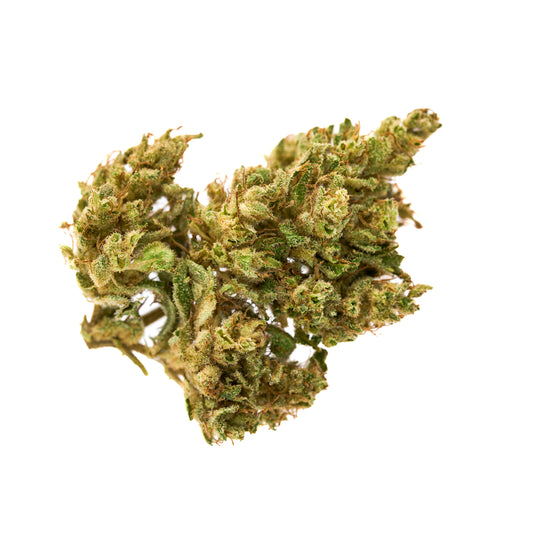
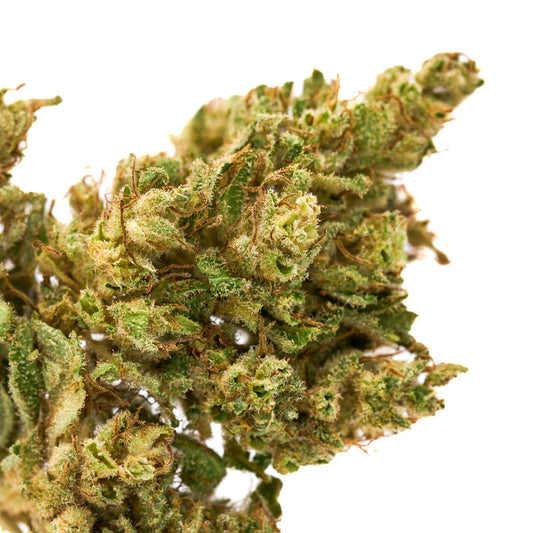
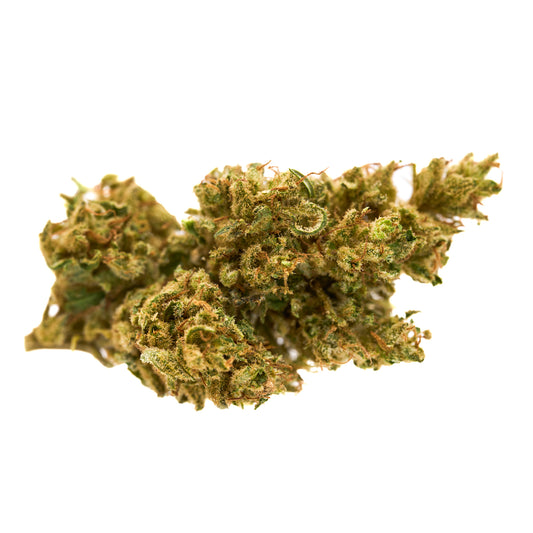
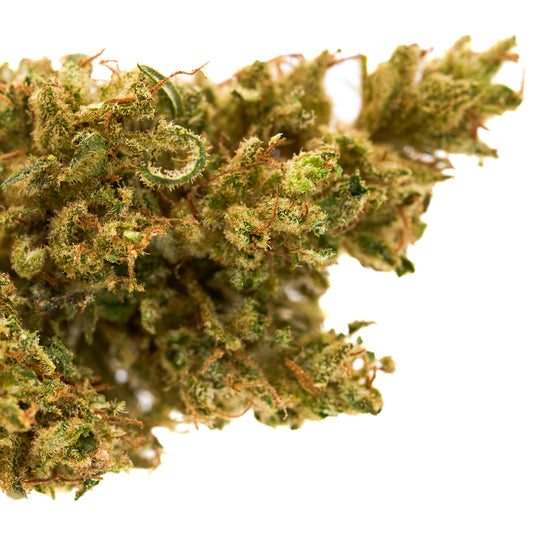
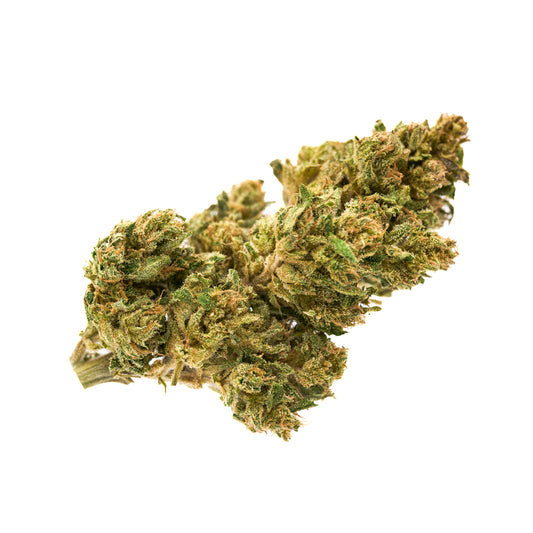
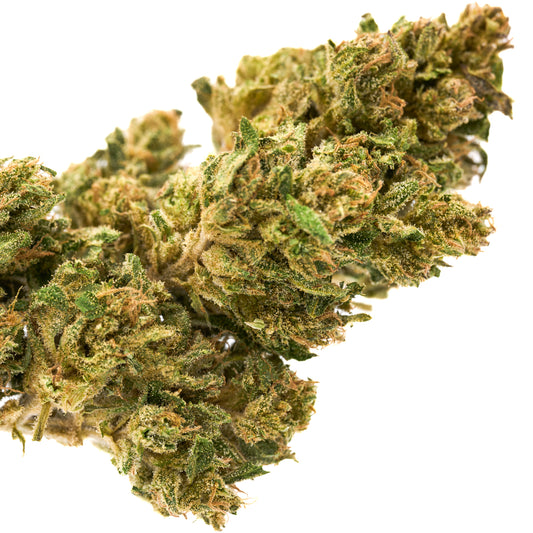



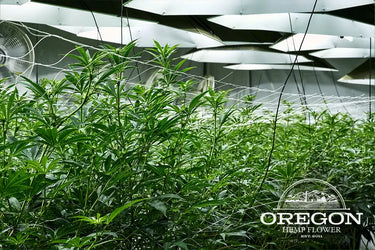

Leave a comment
Please note, comments need to be approved before they are published.